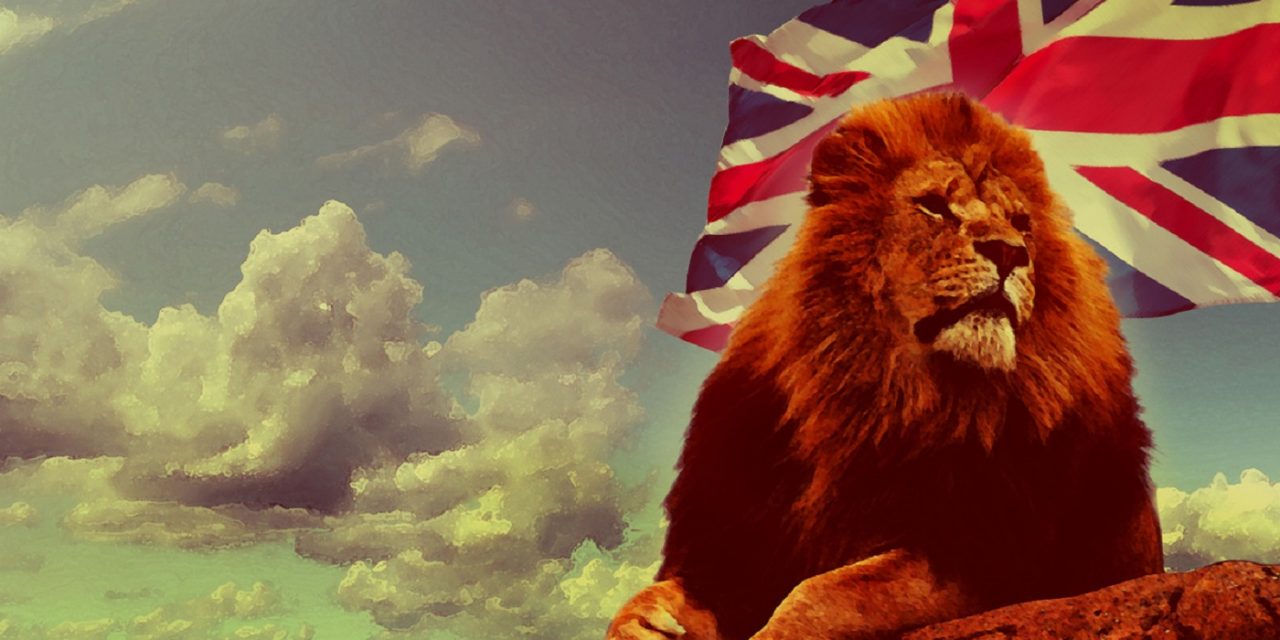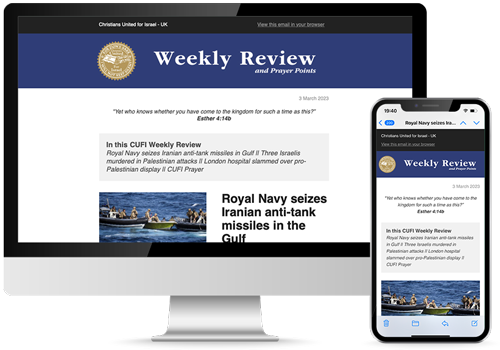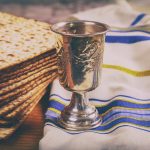“All answer the call. Helped by the Young Lions. The Old Lion defies his foes. Enlist now.”
One of the most iconic posters of World War One features a striking image of a proud lion surrounded by young lions. The nostalgic image was aimed at motivating citizens of the British Empire to join the war effort, but also evoked Biblical reference to one of the most fascinating prophetic mysteries relating to the future involvement of Tarshish in the ‘Last Days’.
Whether knowingly or providentially, the wartime designers characterised Britain using familiar Biblical imagery that draws a connection with the role of Tarshish and its status in the world when prophecies of Ezekiel 38 are fulfilled.
But is Britain really Tarshish? And where does this thought derive? A brief consideration of Biblical and historical records, newly found archaeological evidence and current geo-politics certainly present an intriguing case.
The Lion and her young
Ezekiel 38 speaks of a future time when the Gog-Magog confederacy comes against Israel and the God of Israel. However, Sheba and Dedan (modern day nations of the Arabian Peninsula) form an alliance with Tarshish. The Bible portrays Tarshish as a major maritime power and influential world trader. In fact, Tarshish will play a pivotal role in protecting trade waters in the region.
In Isaiah we read of the “ships of Tarshish”. Ezekiel refers to the “merchants of Tarshish with all its young lions”. This phrase is a Hebrew idiom meaning the nations that have come out of Tarshish.
One cannot ignore the national symbolism of the British lion in everything from coats of arms to emblems used by our national sports teams. Ezekiel 19:2-3 describes a Lioness rearing her cubs to be able to fend for themselves, leading many to hold the view that this is a nation (Britain) rearing colonial offspring that become independent.

If Britain represents the prophetic Tarshish, then the British commonwealth and nations born out of Britain, including the United States, could be identified as young lions that unite together and align themselves with Israel. Some have broadened this thought to represent ‘The West’, however it would only apply to those who side with Israel and therefore not every Western nation.
In the warning to the enemies that rise up against Israel in Ezekiel 38, we read, “Sheba, Dedan, the merchants of Tarshish, and all their young lions will say to you, ‘Have you come to take plunder? Have you gathered your army to take booty, to carry away silver and gold, to take away livestock and goods, to take great plunder?’”
Where was ancient Tarshish?
There is debate surrounding the exact location of Tarshish in the ancient world, but evidence points to a location or network of locations from which the Phoenician empire was able to source its riches to serve its Mediterranean markets. The Phoenician colonial port of Tyre was a maritime superpower at the time, building its own ships to bring merchandise from across the empire to a central location before distributing goods to surrounding trade partners, such as Israel. It is therefore helpful to view Tarshish as more than just a city, but as the source of rich minerals serving coastal hubs throughout the Mediterranean.
Addressing Tyre, Ezekiel 27:12 states, “Tarshish was your merchant because of your many luxury goods. They gave you silver, iron, tin, and lead for your goods.”
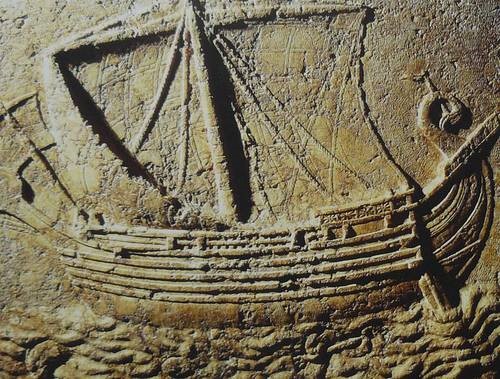
Ezekiel 27:25 states, “The ships of Tarshish were carriers of your merchandise. You were filled and very glorious in the midst of the seas.” Ezekiel 27:25
We understand that Tarshish was west of Israel leading some historians to believe it was located in what is today south-west Spain, especially as the Phoenicians had important colonies in the south of the Iberian Peninsula, rich in minerals with Cadiz as a vital trading port. There is also a place called Tartessus, Arabic for Tarshish, located in the region near Seville, that was shrouded in ancient myth as a trading powerhouse. Many, but not all the materials mentioned in Ezekiel 27 could have been sourced in southern Spain.
Whilst the Iberian Peninsula played an important role in the ancient Phoenician trade route, this is only part of the wider picture. There is much more to Tarshish than it simply being a city. Remember that Tarshish was known for its trade merchants and the items being brought to Tyre were from much further afield than a known colonial port. In fact, in ancient literature Tarshish became synonymous with a faraway place, plentiful and prosperous, and somewhere way beyond the reach of known civilisation.
For example, when Jonah disobeyed God’s instruction to go to Nineveh, he headed in the opposite direction to Tarshish in an effort to flee “the presence of the Lord”. He was under the impression that somewhere existed so far that it was beyond God’s reach.
Then there was the ancient Greek historian, Herodotus, known as “Father of Ancient History”, whom despite having travelled much of Europe, believed that tin and amber were being brought from somewhere unknown to him. He wrote in his book ‘The Histories’, “I have never been able to get an assurance from an eyewitness that there is any sea on the further side of Europe. Nevertheless, tin and amber do certainly come to us from the ends of the earth” (Book 3, para 115).
Herodotus believed that the edge of the known world was landmarked by the “Pillars of Hercules” which today is known as the Rock of Gibraltar and its Moroccan counterpart. This narrow strait remains one of the most important waterways in the world and essential for the flow of world trade. For more than 300 years to the present, Britain has sovereignty over this important landmark and surrounding waters.
Links to Cornwall and Devon
We know from classical records that the Phoenicians were very secretive about where they were sourcing all their materials. There are tales of Phoenician ships deliberately misleading rival fleets in order to hide their trade routes. However archaeological evidence has since revealed that the Phoenician trade route extended beyond the Iberian Peninsula and the “Pillars of Hercules”, right up to the British Isles with proven links to Cornwall and Devon. Without dismissing the Tarshish connection with southern Spain, this is certainly consistent with the Psalm 72 which implies Tarshish is an island with isles as well as other historical sources that describe Tarshish as an island.
In fact, the Phoenicians gave the British Isles the name “Baratanac”, meaning “Land of Tin,” which the Romans later renamed Britannia. Furthermore, it is believed by some historians that the Greek description of islands off the West coast of mainland Europe, called “Cassiterides” meaning “Tin Islands”, refers to the British Isles, while other historians believe ancient descriptions of the “Tin Islands” perfectly describes the Isles of Scilly.
Most importantly, Cornwall was the only major source of tin in Europe for the past 2,500 years. Britain supplied tin for bronze-making to all of Europe for centuries, hence its prosperity during the Bronze Age. The Phoenicians discovered that Britain’s tin deposits could be much more easily mined and were closer to the surface, unlike the smaller tin deposits elsewhere on the continent. In the 19th century there were 400 mines in Cornwall alone, the last closing in 2004. Tin, sourced from the British Isles by the Phoenicians, was combined with copper, abundant in south-west Spain, to produce bronze. Scientists recently found evidence suggesting that Solomon’s Temple may have been built with bronze made from British tin. There is also mounting evidence of links between Pheonicians and trading outposts along the Cornish and Devon coasts.
In September 2019, scientists made a breakthrough discovery by identifying tin ingots found in Israel as being originally from Cornwall. The ingots, which date back to around 1,300BC, were discovered at shipwreck sites and a sunken village off the coast of Israel from a time that Phoenician ships dominated the Mediterranean. Researchers from Heidelberg University in Germany revealed the ancient artefacts did not come from Central Asia, as previously assumed, but from tin deposits in Europe including sites in Cornwall.
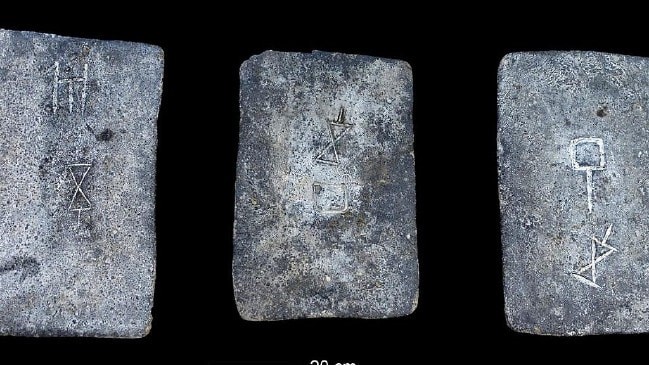
Scientists examined the objects by analysing the make-up of lead and tin as well as small amounts of elements. This allowed them to verify that the tin artefacts from Israel largely matched tin from Cornwall, especially the Carnmenellis area between Redruth and Helston.
A shift in power
It was on the strength of this trade that the Phoenicians established their empire. Furthermore, they never went to war with Israel, but instead were an ally, with the ships of Tarshish bringing an array of commodities every three years to add to Solomon’s wealth (1 Kings 10:22).
As previously mentioned, the most important trading post for the Phoenicians was Tyre, located in what we know today as Lebanon. Isaiah 23 speaks of a transfer of maritime power and influence from Tyre to Tarshish. Amazingly, the Phoenician trading routes were remarkably similar to the trading roots under the British Empire, leading some Bible scholars to conclude that this maritime power was later passed to Britain.
Others have also pointed to the role Britain had in aiding the return of the Jewish people to their historic homeland:
“Surely the coastlands shall wait for Me; And the ships of Tarshish will come first, To bring your sons from afar, Their silver and their gold with them, To the name of the Lord your God, And to the Holy One of Israel, Because He has glorified you.” (Isaiah 60:9)
Even though Britain made many mistakes in its handling of the British Mandate of Palestine, it cannot be denied that Britain and the Commonwealth, and later the United States, first helped the Zionist dream become a reality.
The dawn of a new era
Today the world looks on as global superpowers again take their positions in relation to standing with Israel. The last few years have seen a dramatic shift in US policy towards Israel, for example. Also, one cannot ignore the unprecedented opportunity that Britain has today to strengthen its relationship with Israel.
In the areas of trade and maritime, there have been some very significant developments recently.
On 4th February 2020 following its exit from the EU, Britain took its seat on the World Trade Organisation as an independent member for the first time in 47 years, positioning Britain as major player in global trade. Last year, Israel became the first country to agree a post-Brexit trade deal with Britain with bilateral trade booming between the two countries.
Also in February, although somewhat underreported, Britain was significantly handed control of the maritime security operation in the Gulf to protect global shipping from the threat of Iran. The UK took over command from the United States leading a seven-nation coalition, including commonwealth nations such as Australia. This historic development means that Britain now has oversight of the world’s two most important shipping routes – the Strait of Gibraltar and the Persian Gulf – both of which hold significant proximity to Israel and her security.

Meanwhile, Britain continues to align itself closely with the Arab states that are warming towards Israel through new trade agreements. Meanwhile the UK is at a crossroads regarding its position with Iran, a known enemy that has threatened to wipe out Israel.
Whichever way one interprets the geographical location of Tarshish, the prophetic role of Tarshish clearly defines it as a nation that separates itself from a coalition of Israel’s enemies and is strategically positioned to come to her defence. To this end, our prayer is that Britain will fulfil this destiny, using its unique place and position on the earth to stand with Israel and the Jewish people. And as young lions gather round the roaring lioness, our hope is that other pro-Israel nations will have the courage to stand with Israel also.
This article first appeared in the CUFI UK Torch Magazine (Issue 15, Feb 2020). For the latest issue, see here.
(c) Christians United for Israel UK

